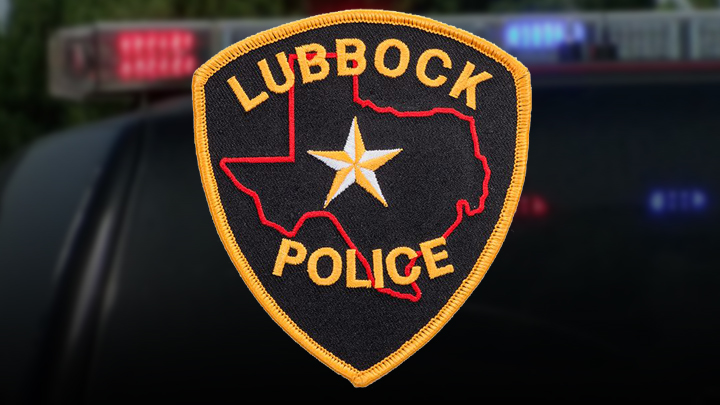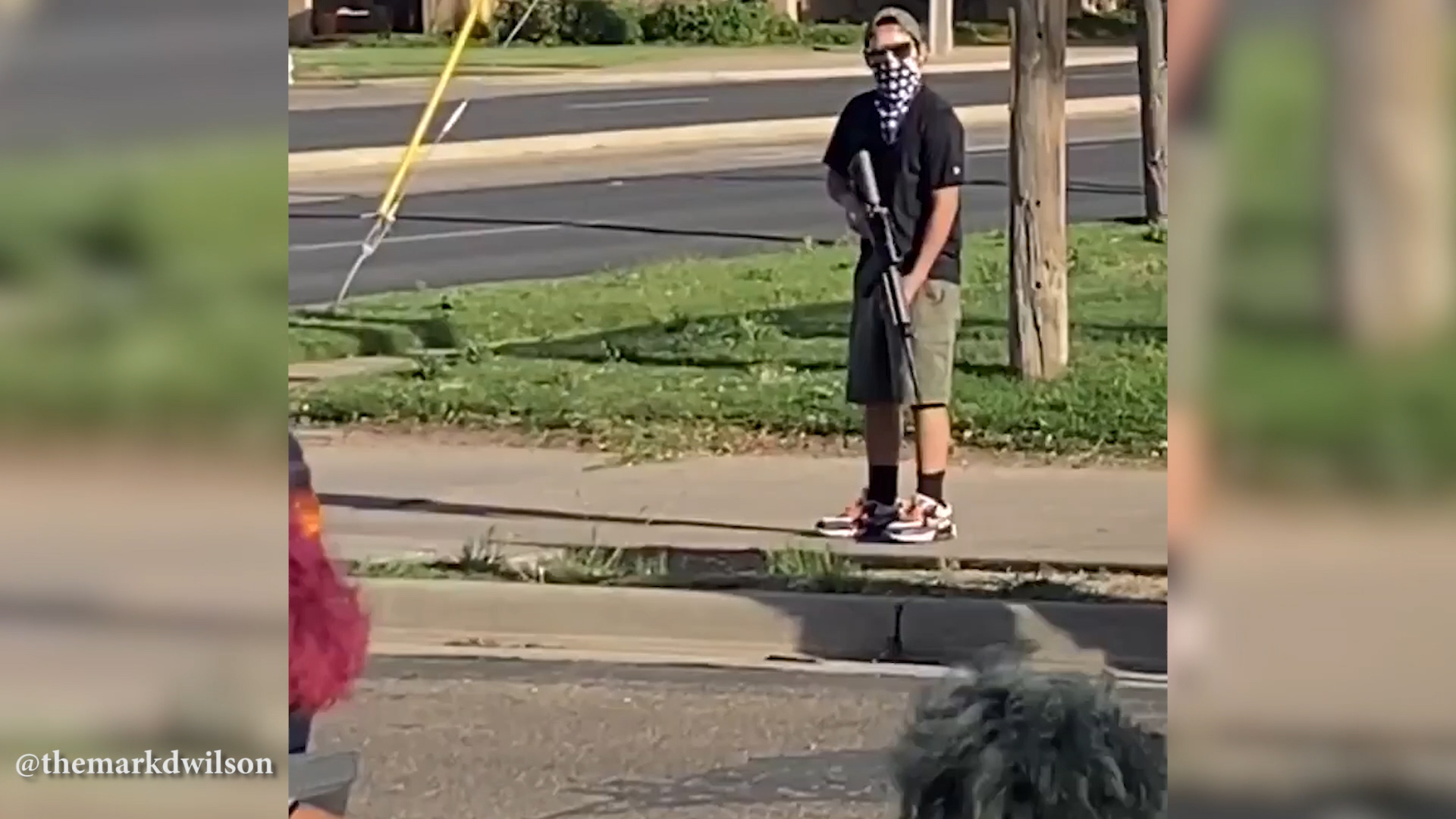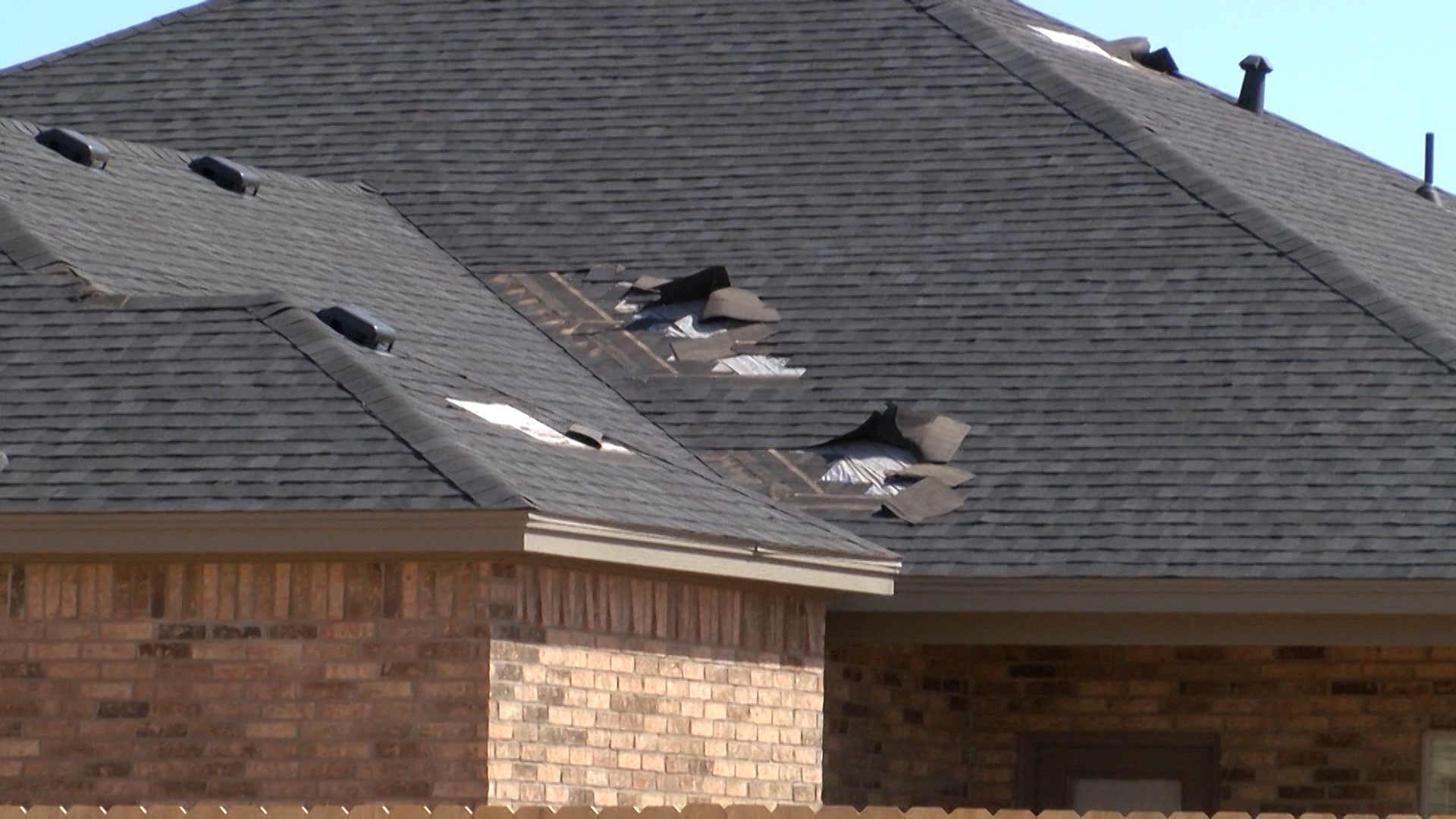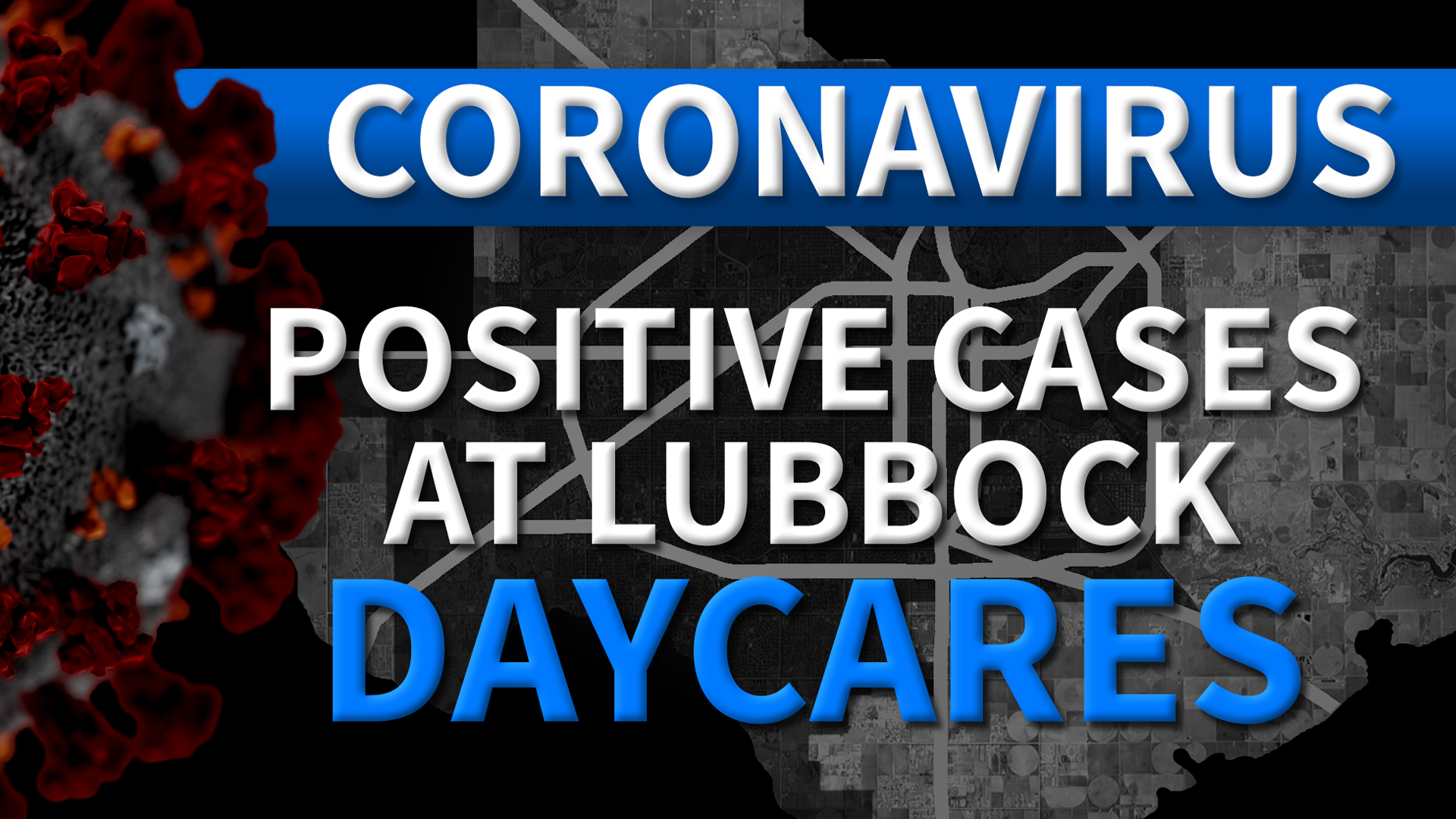AUSTIN (Nexstar) — With a big election year coming up, one Texas group says improvements to election security are still needed.
A new survey from the League of Women Voters of Texas found 20% of Texas county election websites are following best security practices.
The review looked at nine points of criteria:
- Website security: counties earned points for having secure websites, including “.gov” domains and “https” URLs.
- Mobile friendly: each website was tested for its compatibility with mobile devices.
- Accessibility: the sites were judged on keywords like “election” or “voting” on the home page.
- Election information: reviewers looked at ease of accessible voter and election information like detailed contact information for county election offices, dates and hours for early voting and Election Day, registration information, polling locations, and personnel, sample ballots, election results and candidate filing.
- Help for special categories of voters: the survey reviewed how much information was provided for military and overseas voters, students, and voters with special needs
- Voter ID: websites earned points for listing the seven acceptable photo voter IDs, as well as information in Spanish and links to the Texas secretary of State’s Voter ID documents.
- Texas Secretary of State: If counties linked to VoteTexas.Gov or the Secretary of State’s website.
- Languages: counties earned a “zero” if information is only provided in English.
- Nonpartisan Voters Guide: If websites linked to the League of Women Voters nonpartisan voters guide, counties earned 5 bonus points.
“What we find is just like Texas is a huge state, and there are many counties with a lot of resources, and counties with very few resources,” League of Women Voters of Texas president, Grace Chimene, said. “You can tell by looking at their election websites what they have available to them.”
Largely, the state’s metro areas scored the best. Hays County earned top marks with 105 out of a possible 111. 12 others got 90 or above, earning “Outstanding” status. Dozens of rural counties missed the mark. More than 70 counties scored less than 39 points, earning “Inadequate” status. Some even got a “zero” overall.
Chimene said nine counties had “.gov” domains.
“A bad actor can come along and easily create a website that looks kind of like a government website and then pretend and put up wrong information and use that in their social media to try to put out bad information and that would be disastrous,” Chimene said. “We really want counties to take proactive measures right now to secure their websites.”
A new state law requires all counties to undergo an election security assessment. According to the Texas Secretary of State’s office, “all paperwork associated with initiating a county ESA must be completed by December 31, 2019. Counties must complete their ESA by July 31, 2020.”
Chimene suggested voters contact their local elections officials to encourage them to make any fixes.
“Voters should actually contact their county, contact their county election website administrator, or their district clerk, and ask them to fix these issues so they can make sure voters know where they are going,” Chimene said.
“The other thing voters can do is to go right now to your website. Know what it looks like, understand what resources are there so that they can not make a mistake at the last minute,” she added. “If you go to that website the day of the election, it will be a little bit more difficulty figure out if you are actually on the right spot.”
Click here to refer to the county list to find out how each county did in the review.

















